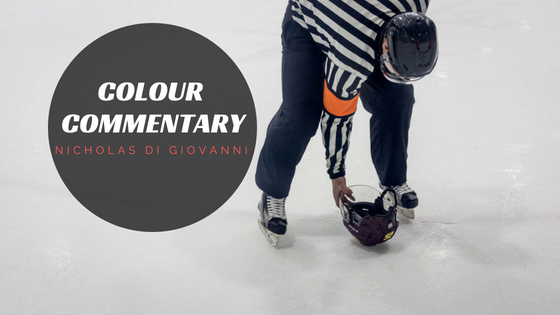Seeing teams tank just isn’t good for the league
The Montreal Canadiens aren’t that bad of a team this year. They have a 25-17-5 record, sitting in seventh place in the Eastern Conference with 55 points. Despite this, there are still fans who believe the Habs should lose in order to get a better draft pick. Yes, more than halfway through the season, and in a playoff spot, Canadiens fans want their team to lose.
Sure, most people including myself did not see the Habs as a playoff team at the beginning of the season. But here they are, fighting for a playoff spot and looking like a good team. The only reason people are suggesting them to tank is because the structure of the NHL season allows them to.
At the end of the season, the 15 non-playoff teams enter the NHL Draft Lottery for a chance to win a top-three pick in the upcoming draft in June. The worst team in the league has an 18.5 per cent chance of picking first, with the odds decreasing until the best team remaining has a one per cent chance. Logically, losing means a better shot at securing the league’s next big star in the draft.
Past teams like the 2014-15 Buffalo Sabres or the 2015-16 Toronto Maple Leafs tanked in order to get generational talent in the draft, but that stuff isn’t good for the league.
In simple terms, you play sports to win, not lose. Sports at a professional level should also act as a role model for young fans, so the NHL has to put an end to this mentality because losing should never be rewarded.
I understand the NHL, like most other North American sports leagues that use a draft lottery system, wants to have parity in the league. That’s why it only makes sense to make weak teams stronger through the draft. But the NHL needs to come up with a way to have teams competitive all-year long.
One system I’ve seen suggested is eliminated-teams standings where teams fight for a higher draft pick. Once a team is mathematically eliminated from the playoffs, they start accumulating points for these draft-pick standings. For example, if the Philadelphia Flyers get eliminated with 20 games left, they will have to battle hard in that final stretch to finish first in a fight for the number-one pick. It still gives them a better chance of earning points than a hockey team that is eliminated on the final day of the regular season, and can’t collect points. This way, it keeps fans entertained all season long, and ensures that teams stay competitive.
